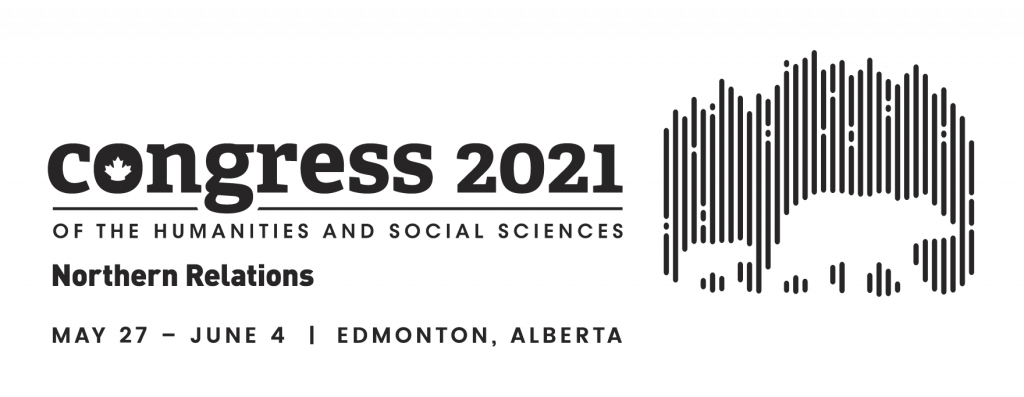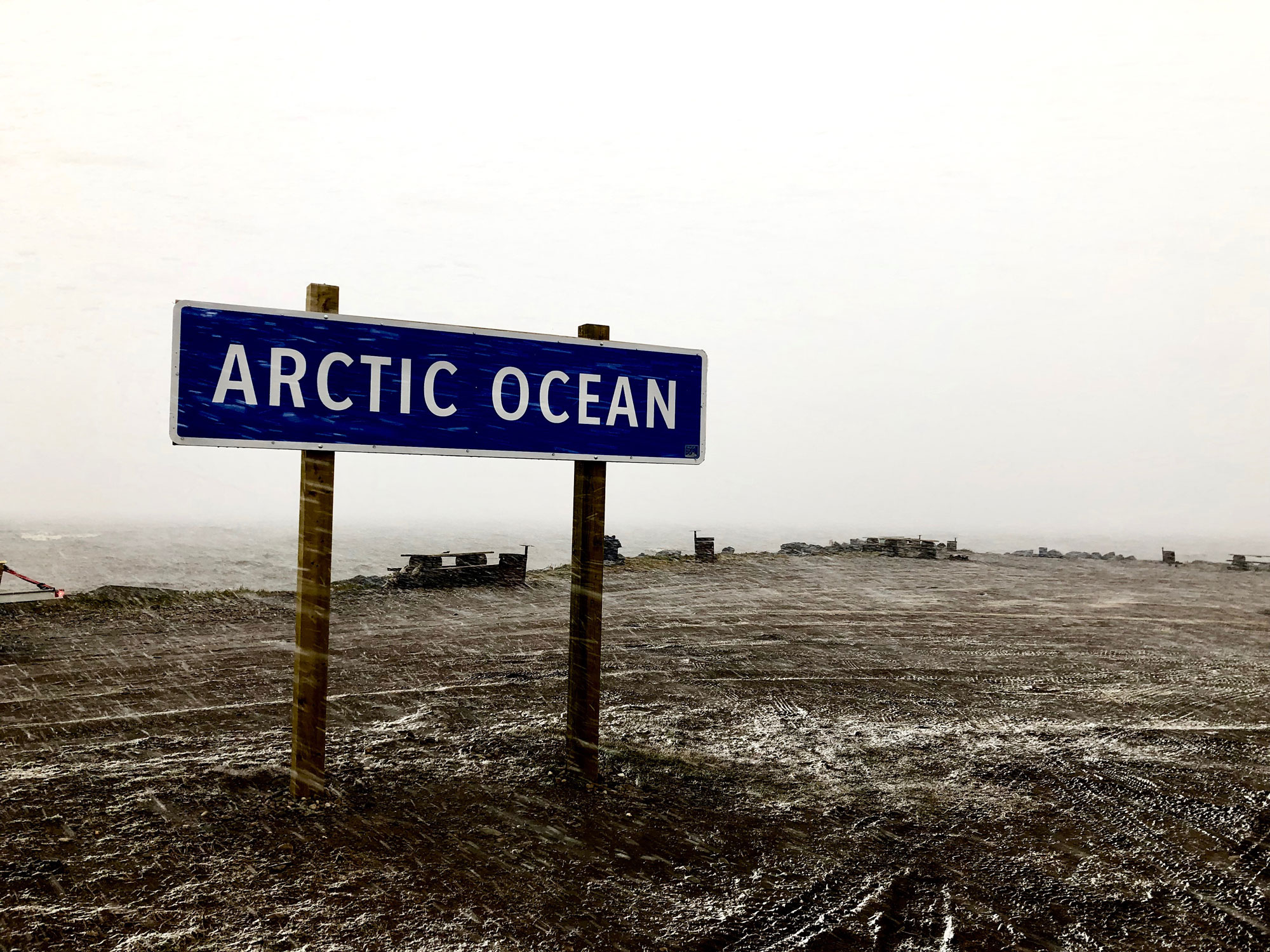Powering the Top of the World
Award: Semifinalist, Images of Research Competition 2019
| Submitted by: | Makenzie MacKay |
| Faculty/Department: | Resource Economics & Environmental Sociology |
| Place of creation: | Tuktoyaktuk, NT |
Can you imagine living at the edge of the Arctic Ocean? Looks pretty cold, eh? I took this image last time I was in Tukoyaktuk, NT. You can almost feel the chilling Arctic air and brisk winds cut through your warmest parka. I counted my blessings when I was able to head into a warm home and enjoy a hot cup of tea. Now imagine having to pay a crippling high bill for unreliable power and heat- a significant risk in the harsh, dark winter. This is reality for people in the coastal community of Tuktoyaktuk. My Masters research works in collaboration with this Inuvialuit population to investigate the research question: How can local energy sources be developed in a way that improves reliability and reduces costs while preserving Inuvialuit traditional cultural practices? Wind, solar, and biofuel energy have great potential to benefit the North, but must be developed with local considerations in mind. For example, wind turbines can affect geese that are valued by hunters, threatening an important food and cultural resource. My qualitative project utilizes interview data with 25 community members and energy stakeholders to answer this question of how to best power “The Top of the World.”


